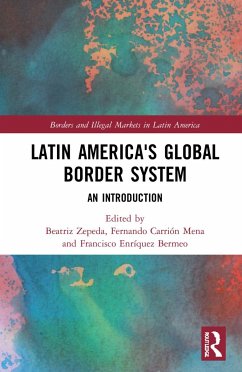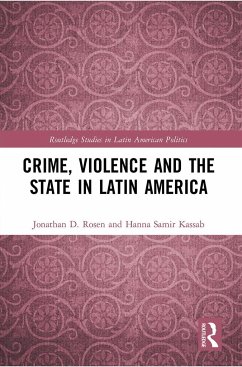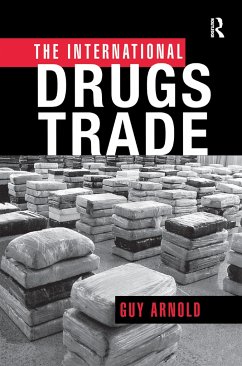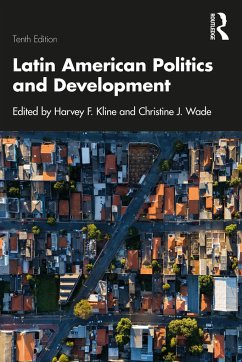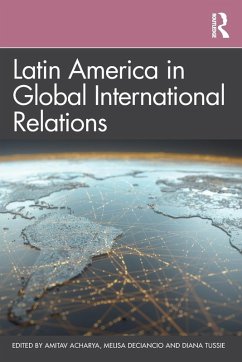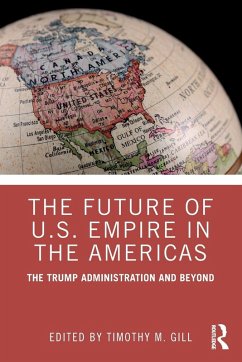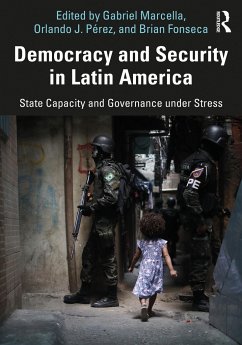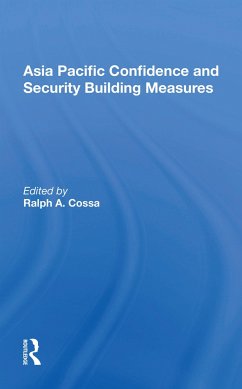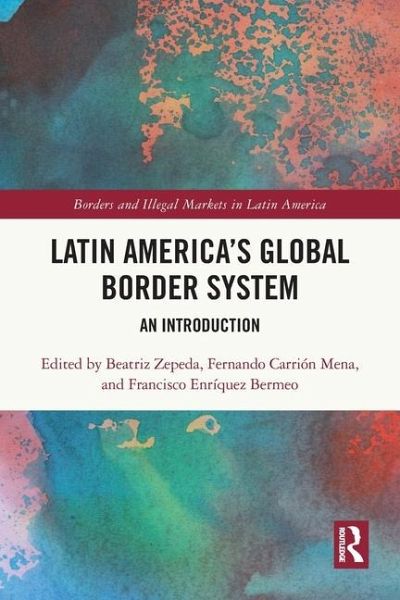
Latin America's Global Border System
An Introduction
Herausgegeben: Zepeda, Beatriz; Carrión Mena, Fernando; Enríquez Bermeo, Francisco
Versandkostenfrei!
Versandfertig in 6-10 Tagen
45,99 €
inkl. MwSt.

PAYBACK Punkte
23 °P sammeln!
Latin America's Global Border System is the opening volume in the first collection of academic works devoted exclusively to borders and illegal markets in Latin America.This volume features expert discussions on border issues of Argentina, Brazil, Bolivia, Ecuador, Guatemala, Italy, Mexico and Peru, as well as studies on illegal markets, cities, and gender as a first step to understanding the intricacies of the global border system of illegal markets and Latin America's role in it. The book constitutes a valuable source of information on the geographic, economic, demographic, and social charac...
Latin America's Global Border System is the opening volume in the first collection of academic works devoted exclusively to borders and illegal markets in Latin America.
This volume features expert discussions on border issues of Argentina, Brazil, Bolivia, Ecuador, Guatemala, Italy, Mexico and Peru, as well as studies on illegal markets, cities, and gender as a first step to understanding the intricacies of the global border system of illegal markets and Latin America's role in it. The book constitutes a valuable source of information on the geographic, economic, demographic, and social characteristics of the most important Latin American border regions, and their relation to global illegal markets, while also offering valuable insights into the ways illegal markets are organized in each country and how they connect across borders to create the global border system.
This book will not only be a valuable resource for academics and students of international relations, security studies, border studies and contemporary Latin America, but will also prove relevant to national and international policy-makers devoted to foreign, security and development policies.
This volume features expert discussions on border issues of Argentina, Brazil, Bolivia, Ecuador, Guatemala, Italy, Mexico and Peru, as well as studies on illegal markets, cities, and gender as a first step to understanding the intricacies of the global border system of illegal markets and Latin America's role in it. The book constitutes a valuable source of information on the geographic, economic, demographic, and social characteristics of the most important Latin American border regions, and their relation to global illegal markets, while also offering valuable insights into the ways illegal markets are organized in each country and how they connect across borders to create the global border system.
This book will not only be a valuable resource for academics and students of international relations, security studies, border studies and contemporary Latin America, but will also prove relevant to national and international policy-makers devoted to foreign, security and development policies.





